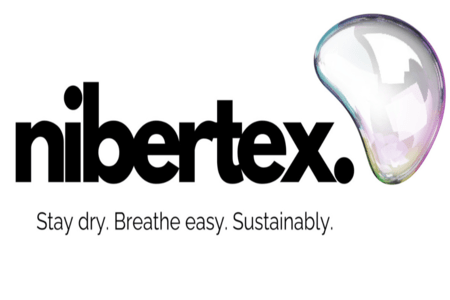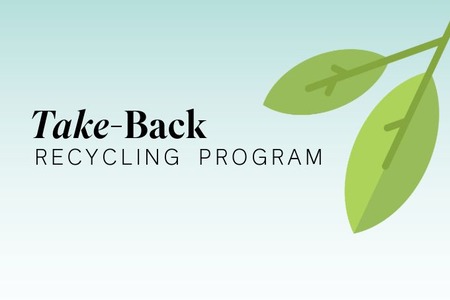
Fahnen-Gärtner GmbH discovers laser technology for cutting textiles accurately
YarnsandFibers News Bureau 2015-09-22 17:00:00 – MittersillMany companies are intensifying their search for more efficient cutting methods as the demand for large format printed textiles is growing. In view of this trend, one of the market leaders for flags and banners, Fahnen-Gärtner GmbH (Mittersill, Austria) has discovered laser technology and recognized the benefits this technology has to offer.
Since 1945, the company has made continuous investments in line with the market, extensive building extensions, and the expansion of technical equipment with state-of-the-art and innovative production systems. Today, around 500,000 m2 of textiles are processed and finished per year.
Offering their customers such high quality means that many years of developing and testing are needed before a product is ready to be sold. This of course involves the use of the latest and most efficient manufacturing technologies. With the purchase of a eurolaser 3XL-series laser cutting system, Fahnen-Gärtner proved itself a pioneer in this segment. The system's processing area of approximately 10 m2 is ideal for cutting large-format textiles.
Simple handling, automated work processes, and high-quality results are among the demands that confront modern production systems nowadays. Flexibility nevertheless remains an essential criterion as customer requirements are becoming more and more individual.
With the eurolaser system, all sorts of contours—including the finest details—can be cut, marked, and engraved. The laser cut is as clean as it is simple because the laser is a versatile tool that works without coming into contact with the material. This does away with the need of work steps such as tool manufacture, retooling, or material clamping. And of course, there is no wearing of cutting blade, either.
In order to ensure that serial production can also be run profitably, sophisticated conveyor system technology, material transport, recognition, positioning, and material cutting are carried out automatically for the most part. The CO2 laser beam is focused above the material to be processed and hits the surface of the material with 100–600W power in a 0.02 mm2 beam.
Exposed to such a concentration of energy, most materials sublime within fractions of a second. They are quite literally vaporized. A process gas is introduced—usually simple compressed air of approx. 2–3 bar—to accelerate the cutting process and ensure clean cut edges. Cutting emissions in the form of smoke are evacuated, filtered, and discharged to the exterior. No frayed material, chippings, flakes, or threads remain on the manufactured part. As a rule, the "lasered" product is ready for further processing without the need to rework it.
A video camera recognizes defined fiducial marks as reference points where textile patterns or printed materials are concerned, enabling the cut to be carried out exactly along the printed edges. The software can even compensate any undesired distortion of the material. The laser system can process areas of up to 3210 × 3200mm.
According to Gerald Heerdegen, CEO of Fahnen-Gärtner, what convinced them was the precision achieved through contact-less and distortion-free cutting. The flag material can be processed quickly straight from the roll with the eurolaser system. In particular, the fused cut edges created by the thermal laser process are a great advantage for them. It means there is no lint or fraying, so time-consuming reworking is no longer necessary. They can cut large-format textiles with perfect accuracy thanks to the enormous processing area of the system, and this gives them a unique selling point because there is no other textile laser cutting system of this size in use anywhere else in Austria.
Today, Fahnen-Gärtner stands for quality awareness and tradition, as well as for a modern approach, flexibility, and innovation. This indicates how investing in new technologies can boost the competitive edge of a company on the international market and thus also its future sustainability.
In addition to its core business of flags and banners, the company's product portfolio also includes small items such as pennants and insignias, embroidered flags for troops and clubs, a wide range of accessories such as poles, and printed and embroidered promotional textiles and work wear. As the products often have to withstand demanding conditions, high quality is a top priority.
Market Intelligence
Ask for free sample Report

experience
Customer Base
dedicated team
Countries Served Worldwide









